
Frisson: The Science and Sensation of Goosebumps from Music and Art
The sudden sensation of chills, goosebumps or a shiver that some people feel when immersed in music, art, or a deeply moving moment is known as frisson. This phenomenon is more than just a metaphorical “shiver down the spine” — it is a real physical response, often triggered by a dramatic chord change, a soaring vocal, a tender lyric, a moving film scene, or an inspiring speech. For certain individuals, frisson feels like an electric wave rising from within; it arrives quickly, pulses through the body, and lingers long after the stimulus ends.
From a scientific perspective, frisson reflects a deep emotional and neurological reaction. During those goosebump moments, our brain’s reward network — the same circuits involved in pleasure from food, love, or other strong stimuli — becomes active. Studies using brain imaging techniques have shown that people who frequently experience musical chills tend to have stronger neural connections between their auditory cortex (which processes sound) and brain regions responsible for emotion and reward.
When music (or other stimuli) builds tension — through unexpected shifts in melody or harmony, sudden crescendos, key changes, or evocative pauses — the brain’s expectation gets violated in a way that triggers a rewarding release. In that moment, dopamine floods the reward centers, producing an intense emotional high that manifests physically as goosebumps, a tingling sensation, or a chill.
Interestingly, frisson is not universal. Surveys and experiments suggest that only a portion of people experience it. For example, some research indicates that roughly 30–60% of listeners report ever having musical chills, while others never feel it regardless of the stimulus. Personality traits — especially the quality known as “openness to experience” — may play a role: people who tend to appreciate novelty, beauty, and emotional depth are more likely to have frisson.
What’s more, frisson isn’t reserved for music alone. Beautiful visual art, powerful film scenes, poetry, stirring speeches, or even experiences in nature can provoke the same reaction. Anywhere the emotional/ aesthetic impact is strong enough, the same psychophysiological “chill from within” can emerge.
For those fortunate enough to experience it, frisson can leave a lasting impression — a memory tied not only to what they heard or saw, but to how they felt. The chills become part of the emotional imprint, deepening the meaning of the moment.
In that sense, frisson reveals something fundamental about human nature: our brains aren’t just passive receivers of sound or sight, they are meaning‑making machines. When a stimulus resonates strongly with our memories, emotions, or aesthetic sense, the brain rewards us — not just with understanding, but with a physical echo of delight.
Selected References
-
Thrills, chills, frissons, and skin orgasms: toward an integrative model of transcendent psychophysiological experiences in music — a comprehensive scientific review of musical frisson.
-
Empirical Measurement of Aesthetic Experience of Music — recent experimental research detecting goosebumps and linking them with brain responses.
-
Smithsonian Magazine — article summarizing neuroimaging findings about why some people get chills from music.ScienceABC — overview of biological mechanisms behind goosebumps induced by music and art.
News in the same category


A Ride for Hope: How One Afghan Father Is Transforming His Daughters’ Future
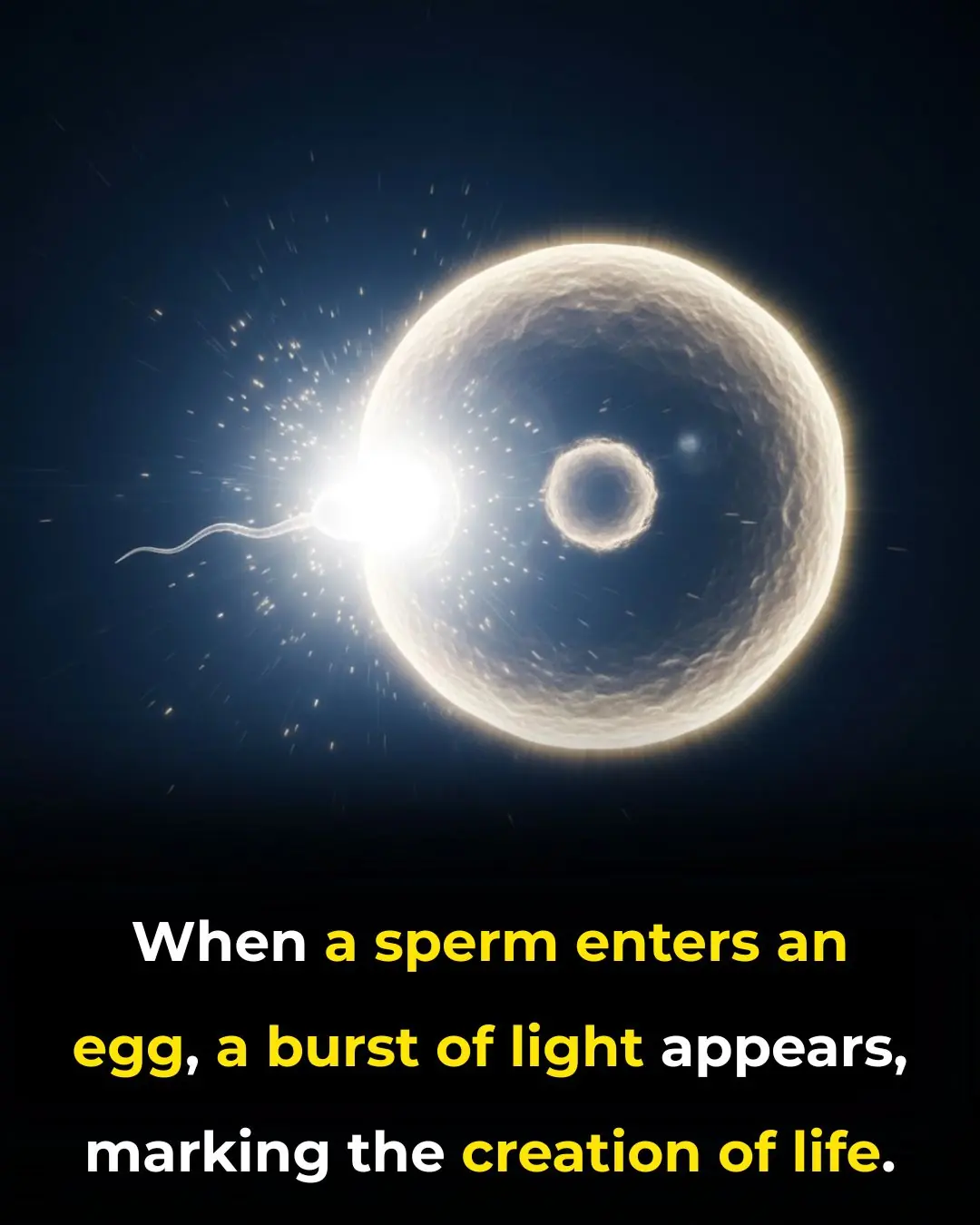
When Life Begins With a Flash: Understanding the Zinc Spark Phenomenon

From Endangerment to Recovery: The Remarkable Journey of the Haleakalā Silversword

Closing Prisons, Strengthening Communities: The Netherlands’ Remarkable Shift

The Quiet Billionaire: How Epic Systems’ Founder Is Donating Nearly All Her Wealth

Utqiaġvik’s Polar Night: Sixty-Seven Days Without a Sunrise in Alaska’s Northernmost City

A Remarkable Encounter: How a Sparrow’s Nest Was Left Standing Amid 200 Fallen Plants

Innovative Mobility: Denmark’s Mobile Markets Enhancing Food Access for Seniors

Revolutionary Miniature Implant Offers New Hope for Restoring Vision in Macular Degeneration Patients

A Simple Superfood That Enhances Your Baby's Brain Development During Pregnancy
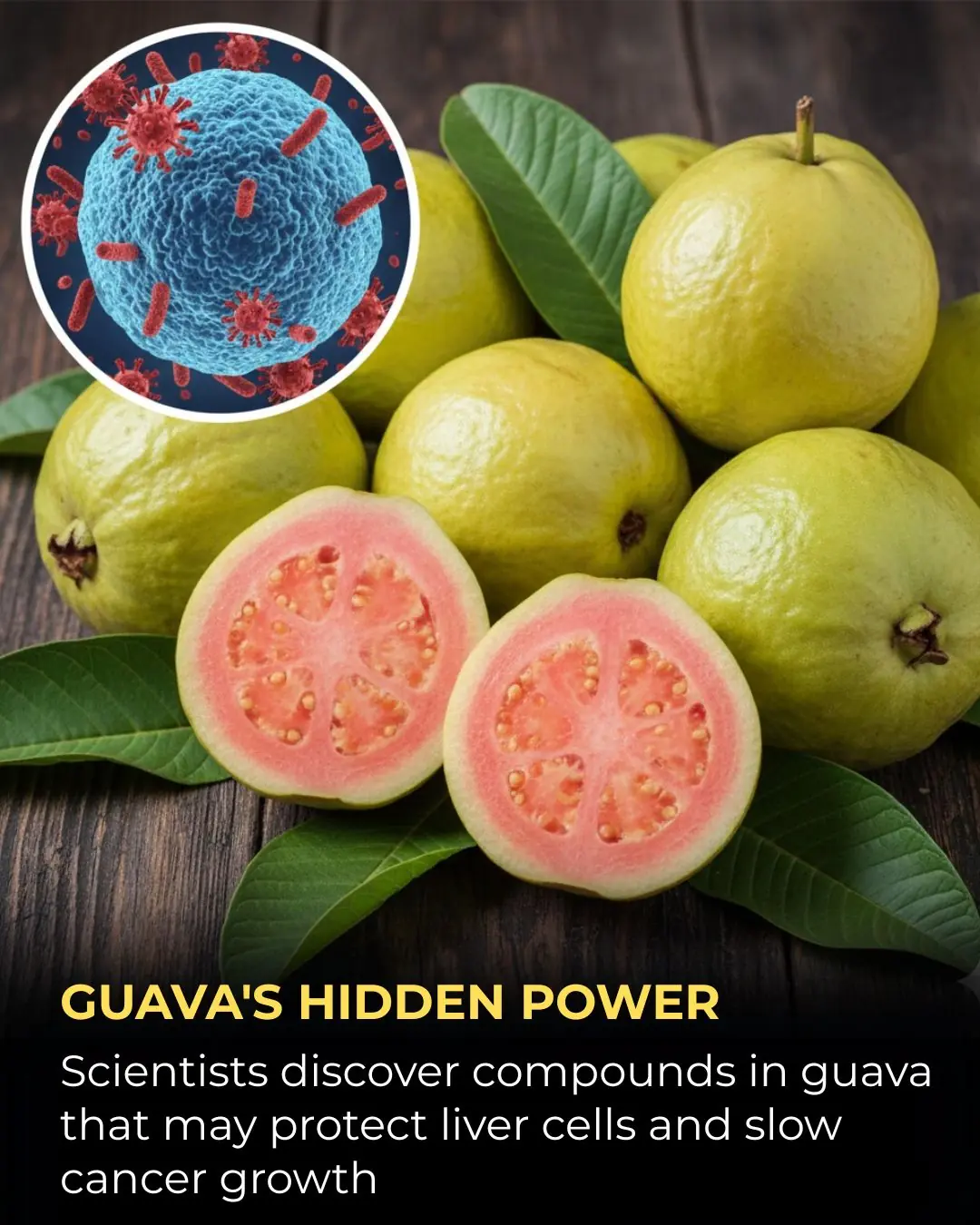
Nature’s Defense: How Guava May Support Liver Health and Fight Cancer Cells

The Powerful Role of Eggs in Supporting Early Memory and Learning in Babies

📱 The End of Wallet Clutter: Apple’s Digital ID Revolutionizes Identity Verification and Travel

Lighting the World Without Batteries: A Teen’s Breakthrough in Thermoelectric Innovation

Judy Faulkner: The Billionaire Tech Entrepreneur Pledging 99% of Her Fortune to Philanthropy

🤝 The Collaborative AI Future: OpenAI Launches WhatsApp-Like Group Chats in ChatGPT

Unlocking Nature’s Medicine: How Fermented Stevia Could Transform Future Cancer Treatment
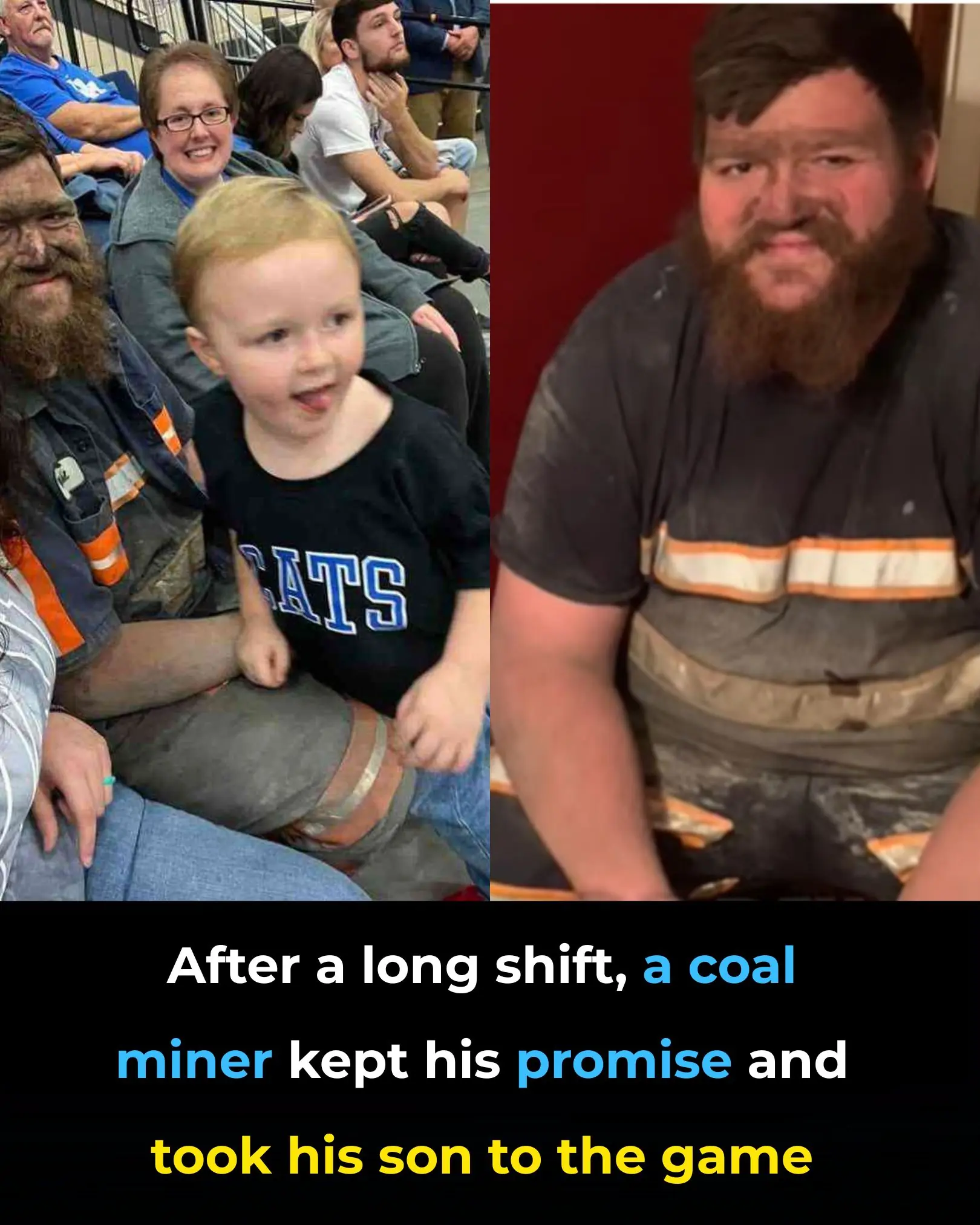
True Devotion in Fatherhood: The Power of Showing Up, No Matter the Circumstances
News Post

Steven Pruitt and the Power of Volunteer Knowledge

A Ride for Hope: How One Afghan Father Is Transforming His Daughters’ Future

When Life Begins With a Flash: Understanding the Zinc Spark Phenomenon

From Endangerment to Recovery: The Remarkable Journey of the Haleakalā Silversword

Closing Prisons, Strengthening Communities: The Netherlands’ Remarkable Shift

The Quiet Billionaire: How Epic Systems’ Founder Is Donating Nearly All Her Wealth

Utqiaġvik’s Polar Night: Sixty-Seven Days Without a Sunrise in Alaska’s Northernmost City

A Remarkable Encounter: How a Sparrow’s Nest Was Left Standing Amid 200 Fallen Plants

Innovative Mobility: Denmark’s Mobile Markets Enhancing Food Access for Seniors

Unlock Radiant Skin: The Ultimate Guide to Using Beetroot Gel for Glowing, Spotless Skin

Fenugreek Seeds for Hair Growth: The Power of Fenugreek Hair Rinse and Its Benefits for Hair

Japanese Milk Wax To Get Rid Of Unwanted Facial Hair
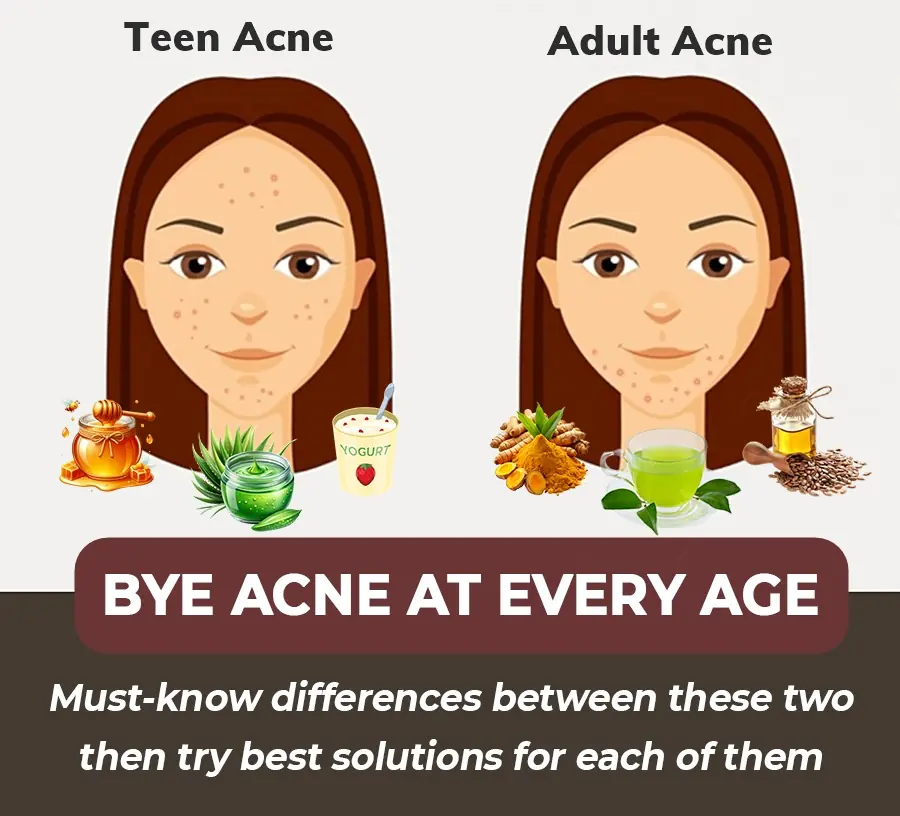
When Will I Outgrow My Acne? The Difference Between Adult and Teen Acne
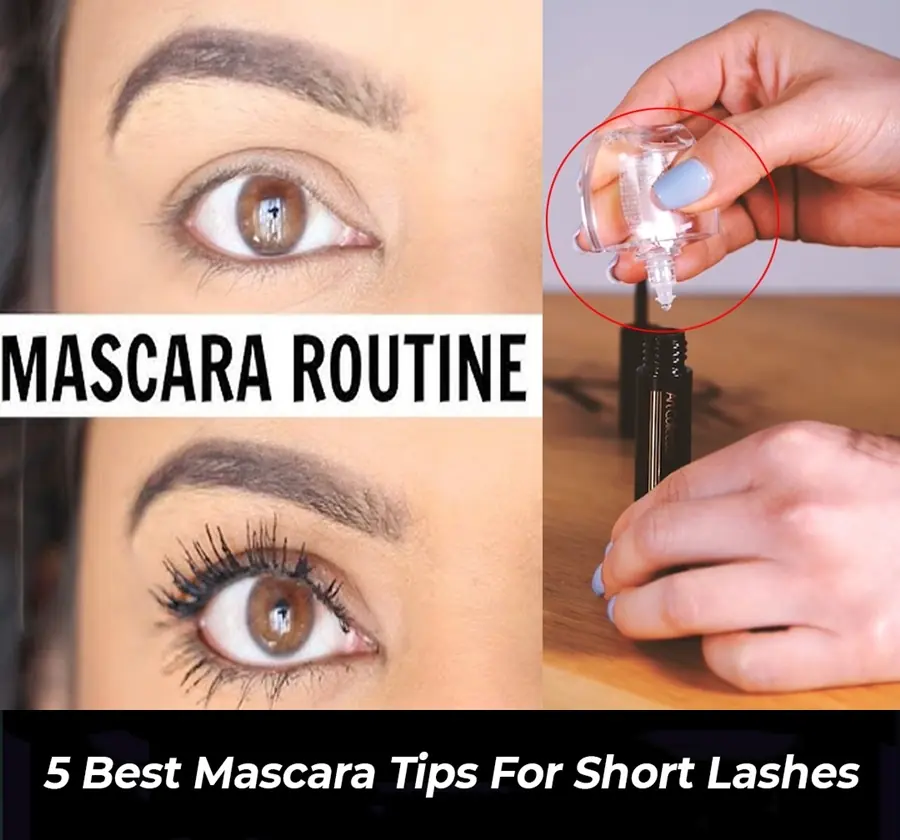
5 Mascara Tips For Short Lashes

LEVEL UP YOUR LASH GAME: Top 5 Tips for Eyelash Extension Success!
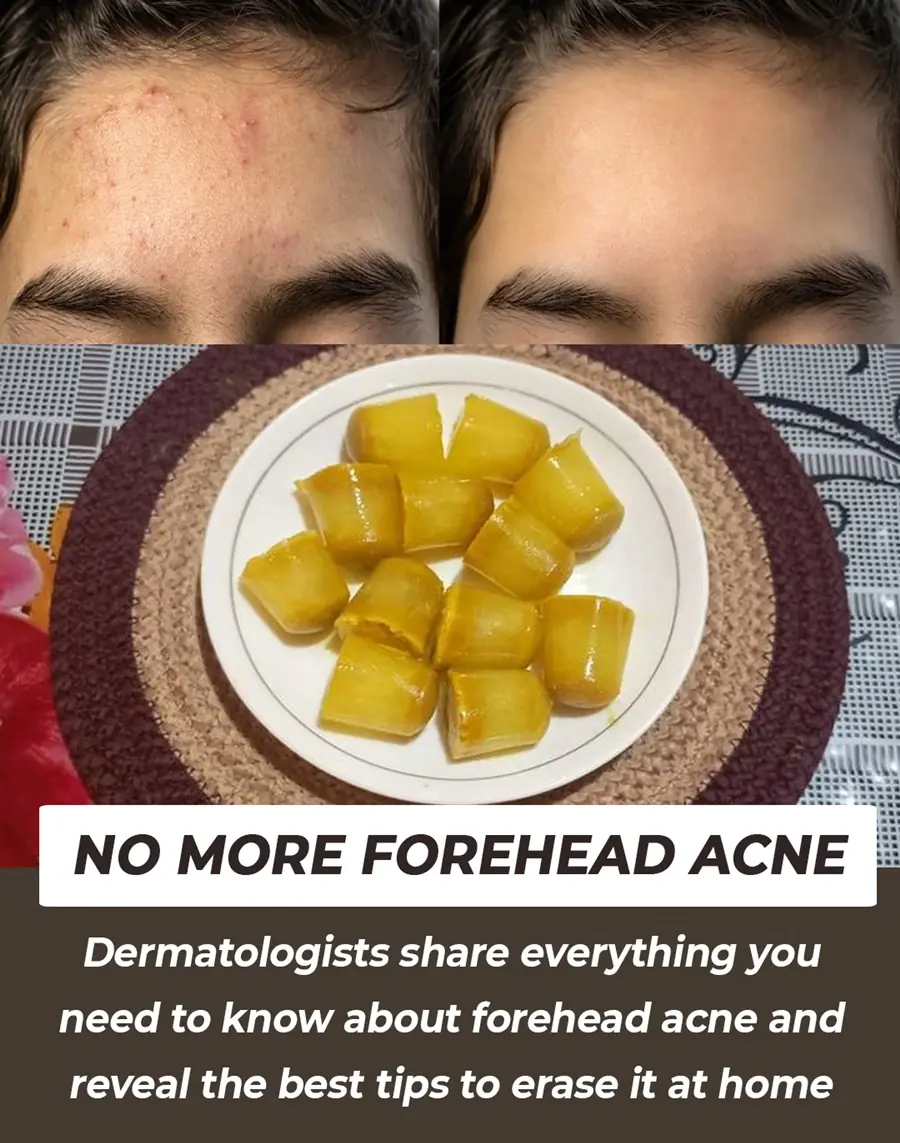
Forehead Acne and What to Do About It

11 Common Eyebrow Mistakes Women Make in Their 60s (And How to Fix Them!)
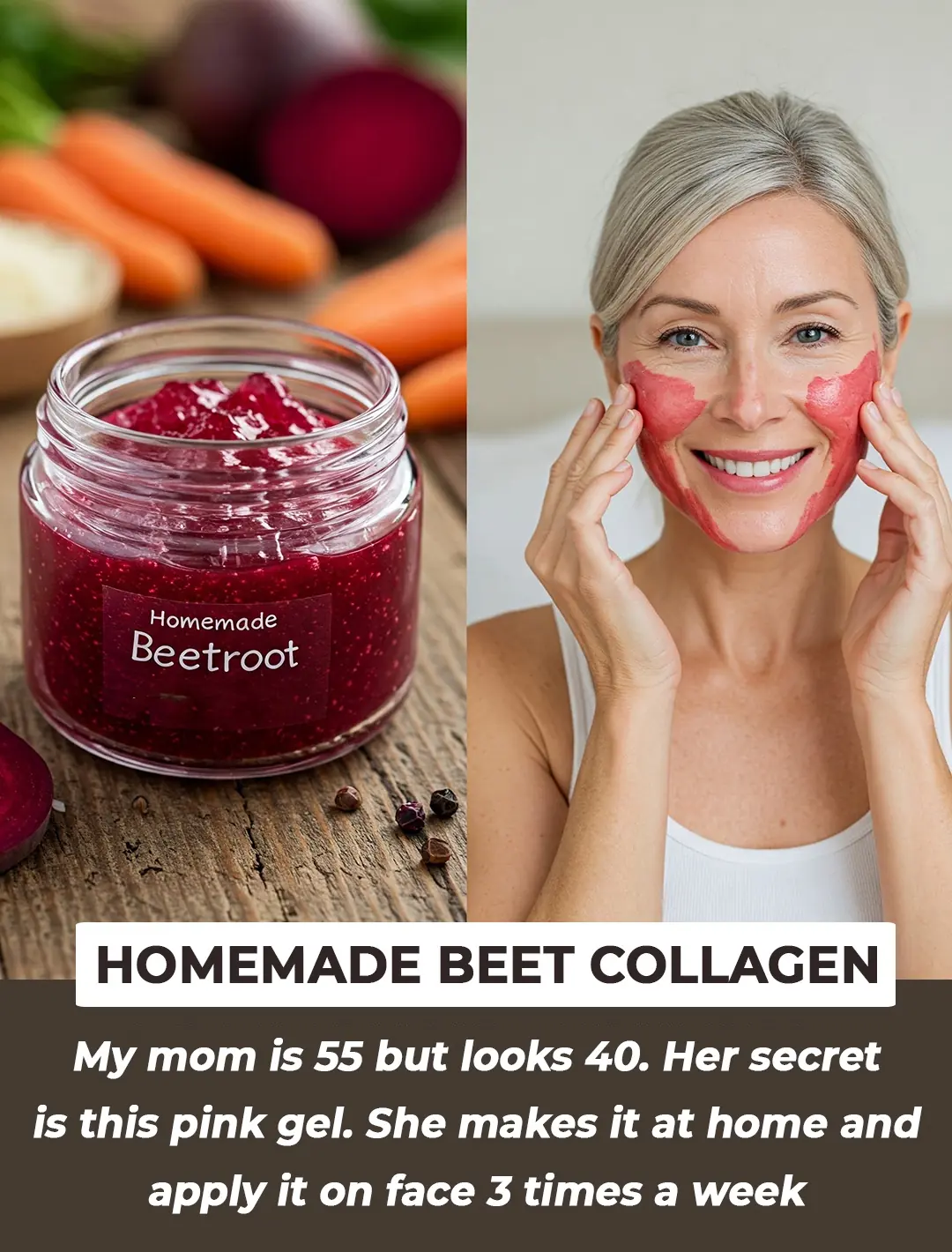
How to Prevent and Treat Age Spots: Expert Tips for Radiant Skin
